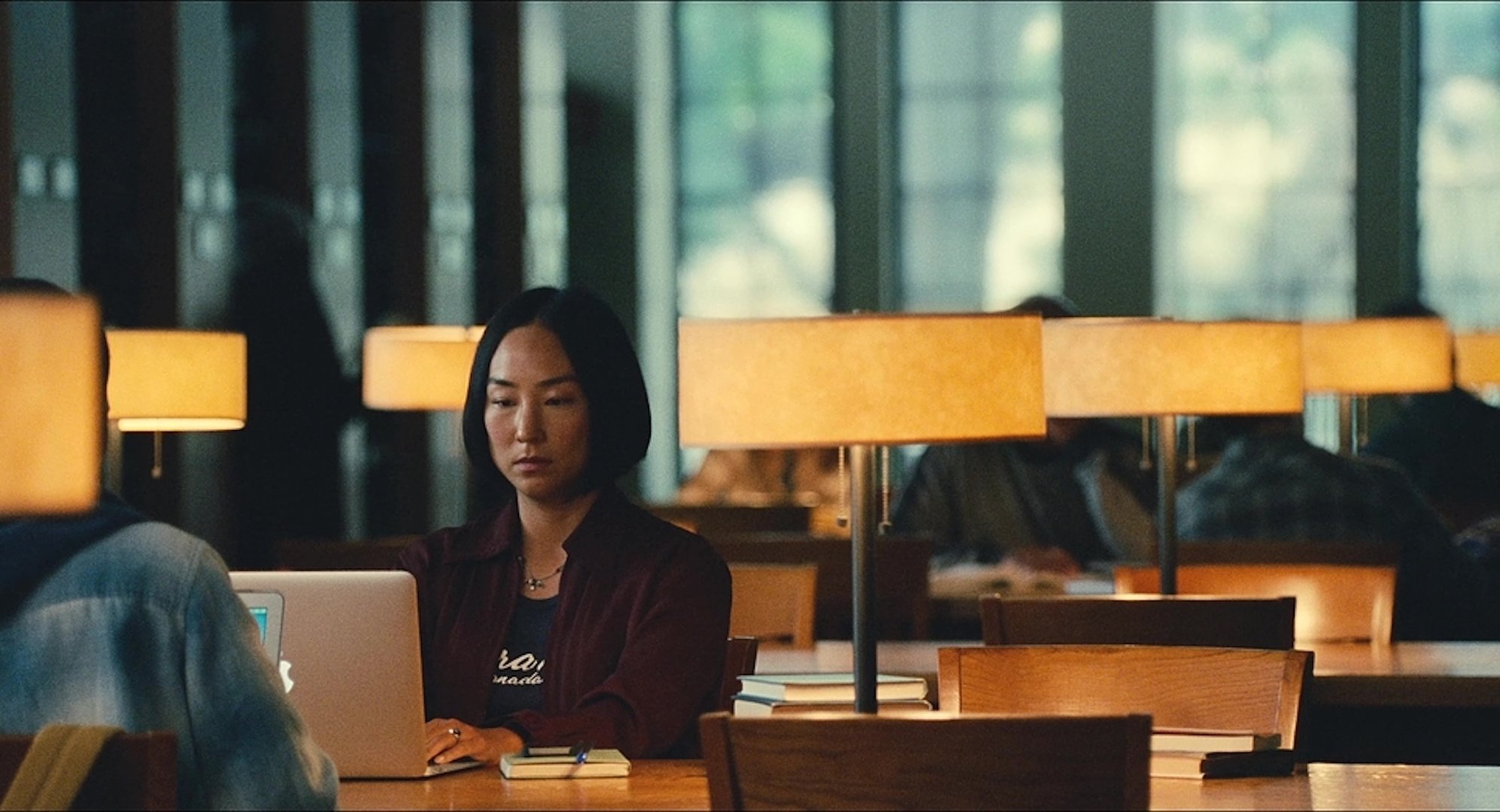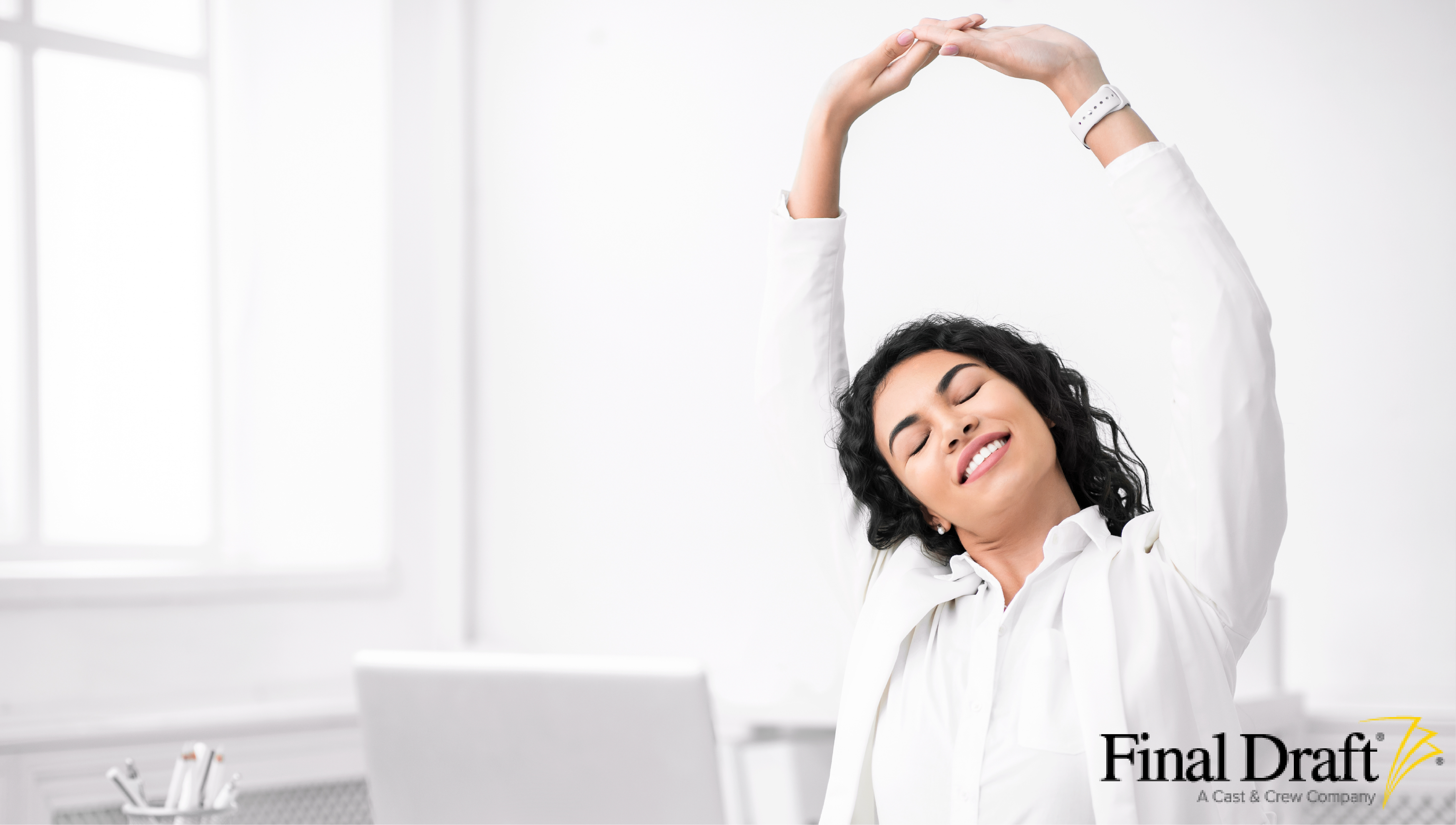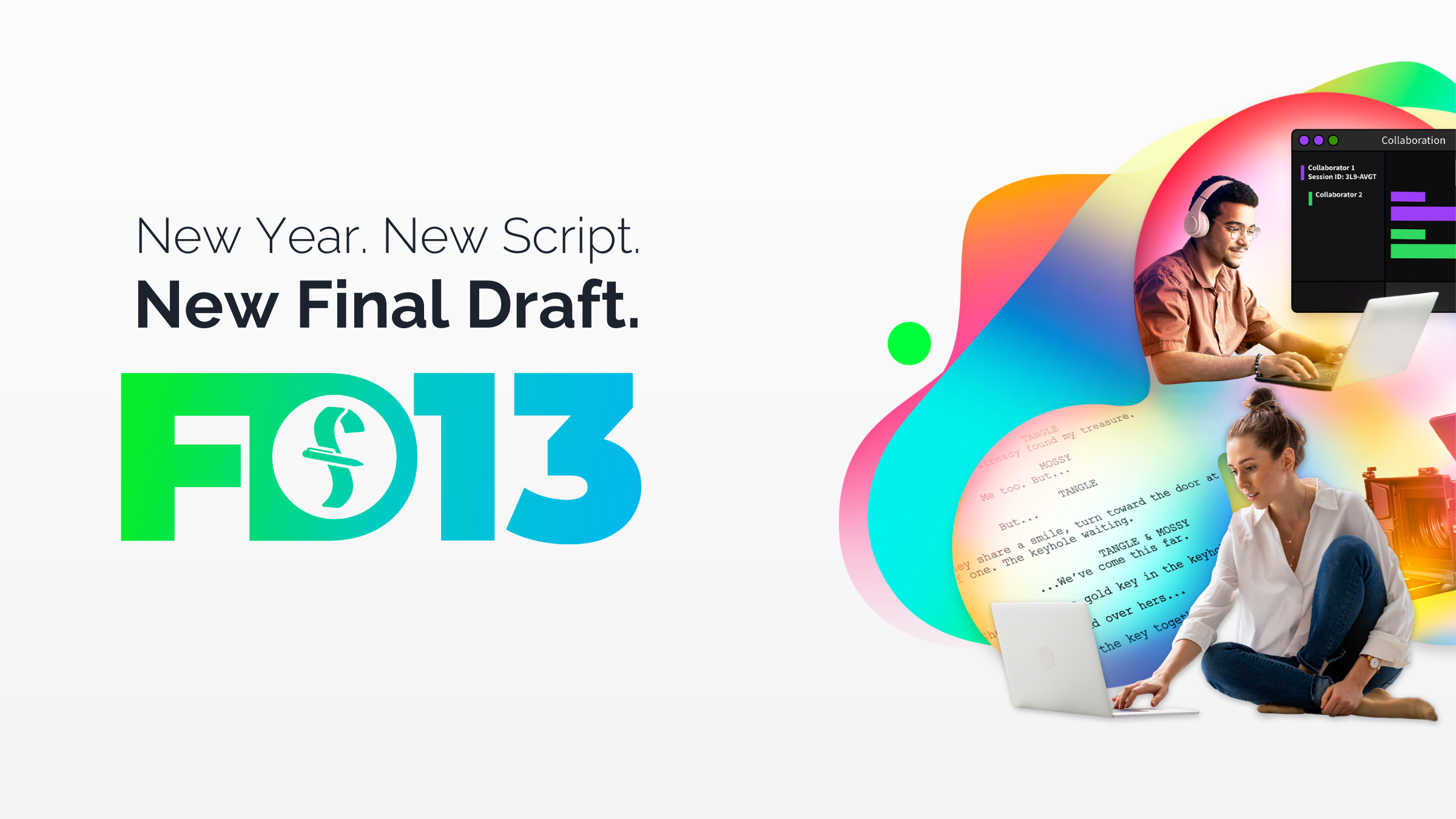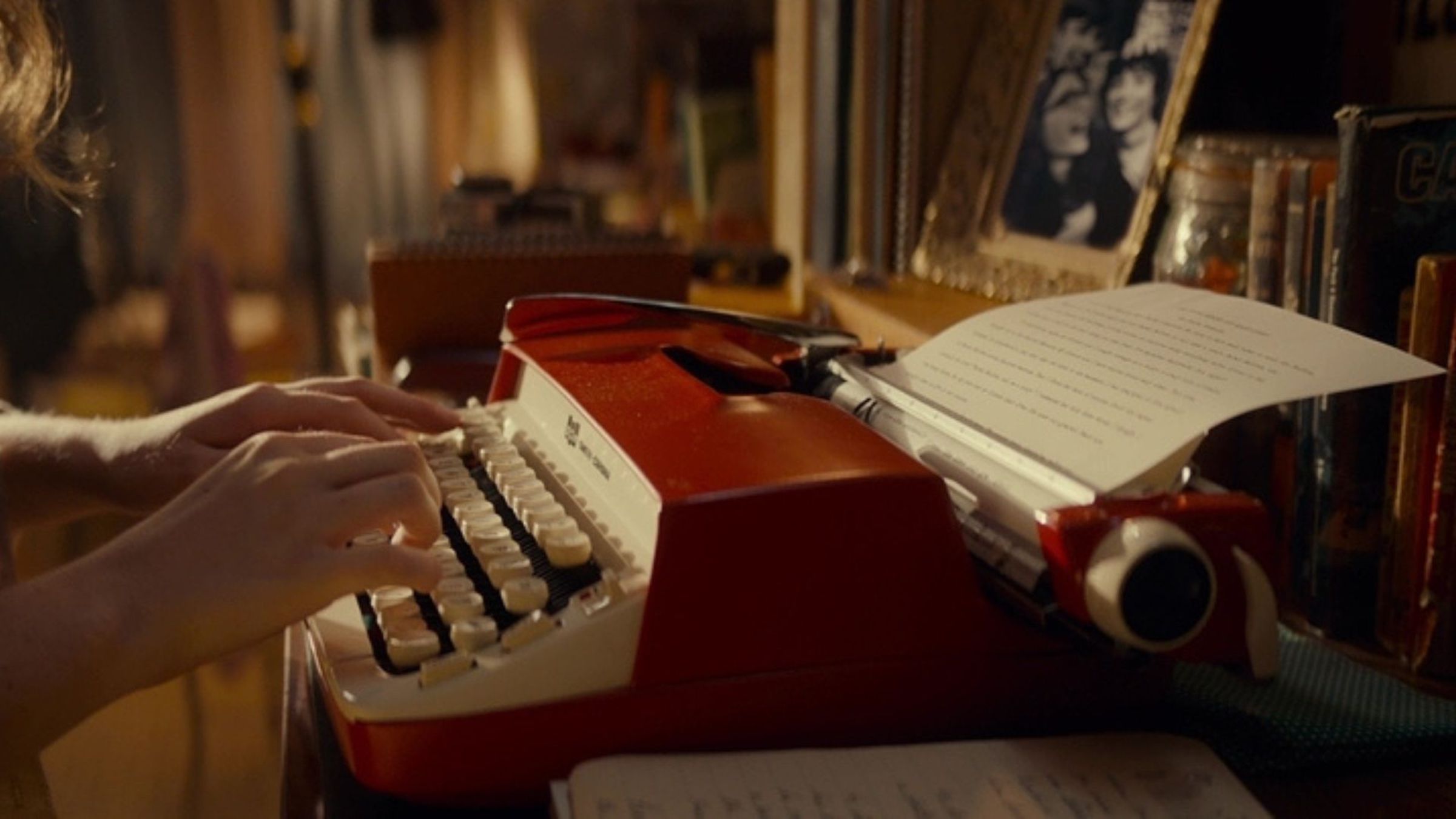How You Can Create the Perfect Environment for Screenwriting
March 5, 2024
Your environment when screenwriting isn’t often talked about, but it plays an important role in the creative process. From the lighting to the music you are playing, the ambiance of your workspace can foster your imagination and productivity. Below I’ll give some tips to creating the perfect environment for screenwriting!
Read More: Creating a Personal Work Routine For Your Writing
Set the Mood for Your Screenwriting
Often, the hardest thing about writing is starting to write. Even if you have an outline and know what you’re going to write, staring at that empty page and feeling the necessary inspiration to start typing away is an entirely other matter.
In my article "Write Like It’s the Last Thing You’ll Ever Write," I discussed the various mental tricks we sometimes have to play on ourselves to start writing. I’ve also discussed in several articles how listening to music helps to inspire me and numerous writers I’ve spoken to (including writer-director Edgar Wright). In the same way that music can “set the mood” for a romantic dinner or holiday gathering, it can likewise set the mood for your screenwriting.
Sometimes, the lighting or your specific surroundings can inspire your writing. No matter what you’re writing, the act itself is always a creative one and should be treated as such. Think of the blank page as an empty canvas and embrace and savor your need for inspiration. The more you think of yourself as an artist, the more you’ll condition your brain for an artistic endeavor.

How Do You Work Best?
We’re all wired differently and respond to sound and spaces differently. The music that inspires you most or best fits the mood of your screenplay is the music you should be listening to. Or perhaps you prefer to write in silence or to the ambient noise of a city? If you’re a beginner screenwriter, you might have to try different ways to write before you find your right groove.
The actual location of where you write plays an important role in your creativity and productivity, and, once again, it all depends on what works best for you. Some writers prefer to write inside, while others prefer to write outside. Some writers can’t write with people and noise around them, while others can type away in a busy cafe. At the early stage of your writing, you should try different locations until you find the best spot for your writing.
We’re not all fortunate enough to have a home office to write in, but if you take the time to find a conducive environment, it can work just as well for you. If you can write a detailed email or text exchange in a specific location, you can also write a screenplay. Ask yourself the following two questions:
- Can you write a screenplay in this environment?
- Are you comfortable in this environment?
Read More: Configuring Your Distraction-Free Writing Environment
.jpg?width=1982&height=1080&name=Midsommar%20(2).jpg)
Comfort Leads to Creativity
Ergonomics is the study of people's health and efficiency in their work environment. A subdivision of ergonomics that should be of interest to screenwriters is physical ergonomics, which focuses on potential risks to a person’s anatomy as they work.
For example, many writers place their keyboard and monitor in a position that causes strain to their neck or wrists and may even lead to arthritis over time. Ideally, your keyboard should be within comfortable reach of your hands, and the center of your monitor should be at eye level, or else you’ll be unnecessarily moving your neck up and down.
One of the best ways to stay in screenwriting shape and be creative and productive is to be comfortable. So when choosing the location you’re writing in, also be mindful of where you’re sitting, how you’re sitting, and how you’re reading from the monitor. The less eye strain you have when staring ahead at the screen, the easier it’ll be to write away with abandonment (and the healthier it’ll be for your eyes). If you have a monitor with ambient light sensors, use it. Having the monitor's brightness adapt to the surrounding light will be better for your eyes, extend the computer's battery life, and save you money in the long run.
Final Draft 13 has several new and updated features that focus on improved ergonomics—from Typewriter to Midnight Mode—that can make the writing process more comfortable and help enhance your workspace.
.jpg?width=1964&height=1080&name=Trumbo%20(2015).jpg)
Different Times, Different Modes
The time of day also affects your environment for screenwriting. Some people prefer to write during the day, while others prefer night. Final Draft’s customizable UI (User Interface) themes let you write in comfort no matter the hour.
If you’re writing during the day, use Day Mode for dark text on a light background.
Writing at night and trying to prevent eye strain? Use Night Mode for light text on a gray background.
Writing into the wee hours or trying to create a darker mood for your script? Midnight Mode takes Night Mode to the edge by offering light text on a dark grey background.
You can stick to one mode or switch whenever you want.
When Final Draft first opens, it’ll match your operating system’s dark or light mode. For Mac users, Final Draft’s color theme will tie to the operating system’s Light, Dark, or Auto theme. If you select Light within the system settings, Final Draft will appear in Day Mode. If you choose Dark within the system settings, Final Draft will be in Night Mode. If you select Auto within the system settings, Final Draft will toggle between Day and Night Mode to match when the operating system shifts between Light and Dark.
Within Final Draft, you can set the theme when onboarding or change the modes by clicking on the Appearance button located at the bottom-right of the screen and choosing from the pop-up menu. Or go to the View menu’s Appearance submenu on Mac or the View menu on the Windows ribbon.
You can customize your Final Draft’s user interface by going to View > Customized Toolbar. On Window’s classic view go to View > Toolbars > Customize and add or remove buttons.
Try combining Midnight Mode with Speed View and Focus Mode (both also set through the View menu) so you can write at any hour without distractions. You don't see page breaks or other extraneous elements when writing in Speed View. Focus Mode is similar to Full Screen on other applications: you’ll see only the script pages as you write without the Outline Editor, Ruler, Toolbar, etc. You can also switch Focus Mode off/off via a button on the right of the screen to bounce between views.
With Final Draft 13, there are various ways to customize your UI and work process. These customization features and tools—and all of the above tips—should help you create the perfect environment for screenwriting.
Written by: Edwin Cannistraci
Edwin Cannistraci is a professional screenwriter. His comedy specs PIERRE PIERRE and O’GUNN both sold with more than one A-list actor and director attached. In addition, he’s successfully pitched feature scripts, TV pilots and has landed various assignment jobs for Universal, Warner Bros, Paramount and Disney.- Topics:
- Writing & Tools




